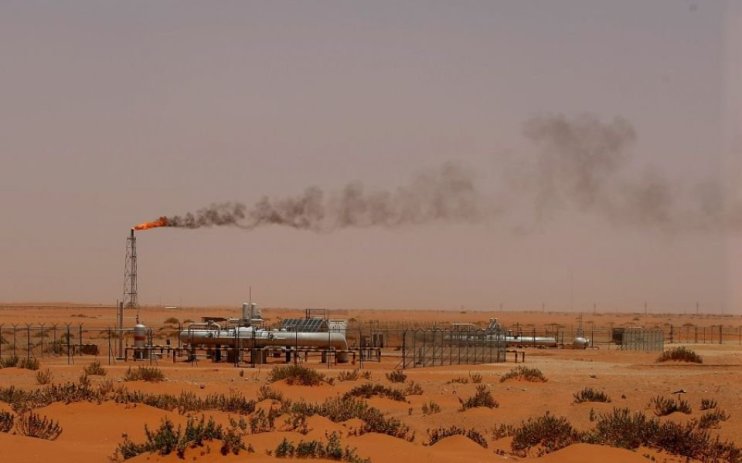Oil remains at $90 per barrel amid growing geopolitical turmoil

Both major benchmarks have consolidated gains from rallies earlier this week, as concerns over tightening supplies this year continue to fester.
On a weekly basis, the benchmark contracts notched their longest run of gains since October.
Brent Crude prices hit seven-year peaks on Friday, recording their sixth weekly gain as geopolitical volatility between Russia and the West exacerbated fears the Kremlin could sanction an invasion of Ukraine.
Futures on the benchmark settled at $90.03 per barrel, after hitting $91.70 earlier in the day, the highest level since October, while WTI Crude remains high at $86.82.
US President Joe Biden has warned there is a “distinct possibility” Russia could invade Ukraine next month, actions that would likely lead to economic sanctions, and reduce supplies amid further constrictions to global supply chains which have already been ravaged by the pandemic.
There is also increased uncertainty about the future of the Nord Stream 2 pipeline, with Chancellor Olaf Scholz open to the possibility of sanctions and the US State Department claiming it will be rejected if Russia instigates conflict in the region.
Meanwhile, key global producers in the Organization of the Petroleum Exporting Countries (OPEC) and allies led by Russia, collectively known as OPEC+, have struggled to raise production levels in line with expectations.
Despite having relatively modest targets of increasing production of 400,000 barrels per day, it has failed to boost levels within even sixty per cent of the agreed limits, as members such as Libya and Nigeria have failed to bump up supplies in line with expectations.
OPEC+ is set to meet again on February 2, and is likely to stick with a planned rise in its oil output target for March even with the current shortcomings in productions.
Ole Hansen, head of commodity strategy at Saxo Bank said: “The rally continues to be fed supporting news, most recently the geopolitical risks driven by the Russia-Ukraine crisis, and the result being a very tight market where supply is struggling to keep up a demand that has seen a limited impact from surging Omicron cases around the world.”
Commenting on future market behaviour, Edward Moya, OANDA’s senior market analyst, added: “Now that $90 oil is here, it won’t take much to get prices to $100 and that will just intensify the global energy crisis. News of an Omicron subvariant have not rattled markets as boosters appear to still be getting the job done.”
Meanwhile, tight oil supplies have pushed the six-month market structure for Brent into steep backwardation of $6.92 a barrel, the widest since 2013.
Backwardation exists when contracts for near-term delivery of oil are priced higher than those for later months, encouraging traders to release oil from storage to sell it promptly.